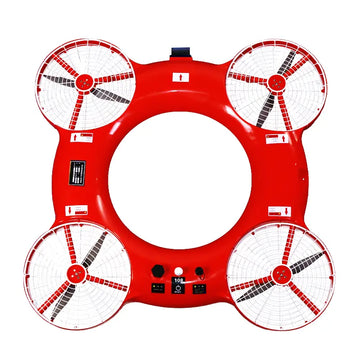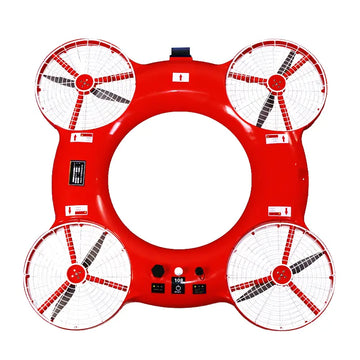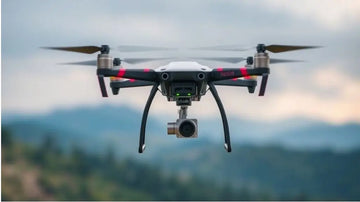In recent years, drones—also known as unmanned aerial vehicles (UAVs)—have become indispensable in emergency response. From wildfires to floods, search-and-rescue operations, and medical deliveries, rescue drones are saving lives and reducing risk for first responders. Let’s explore the key applications, technologies, and real-world examples that illustrate how drones are used in rescue missions today.
1. Aerial Search & Victim Location
Search-and-rescue drones equipped with high-resolution cameras and thermal imaging can scan vast or hard-to-access areas in minutes—tasks that would take teams on foot hours or days.
-
Thermal sensors detect body heat through foliage or debris.
-
Automated flight paths and ground-station mapping speed coverage of forests, mountains, or disaster zones.
2. Rapid Payload Delivery
In critical scenarios, minutes count. Drones can carry and deliver:
-
Flotation devices or life buoys to drowning victims on beaches or in floods.
-
Medical supplies (first-aid kits, blood products, vaccines) to remote clinics or accident scenes.
-
Communication relays to restore connectivity when cell networks fail.
3. Water Rescue Operations
Specialized water-rescue drones like the JX-6A Air-Water Dual-Role Rescue Drone combine buoyancy and flight:
-
190 N floatation capacity allows the drone to drop directly on the water’s surface, providing instant life support.
-
IP68 protection and force-6 wind resistance ensure reliability in rough conditions.
-
One-button takeoff/landing on water increases speed and safety for lifeguards.
4. Firefighting & Hazard Assessment
Fire departments use drones to:
-
Map wildfire perimeters and identify hotspots via thermal feeds.
-
Monitor structural fires from above, guiding firefighters away from collapse zones.
-
Detect hazardous leaks of chemicals or gas without endangering personnel.
5. Disaster Zone Logistics & Communications
After earthquakes, hurricanes, or tsunamis:
-
Swarm-drone systems coordinate to survey damage, locate survivors, and even carry small relief packages.
-
Mesh-network drones act as airborne Wi-Fi nodes, restoring voice and data links for ground teams.
6. Mountaineering & Avalanche Rescue
In alpine environments:
-
Thermal-equipped UAVs pinpoint buried or trapped climbers beneath snow.
-
Rapid-deployment kits let ski patrols launch from ridge-tops without needing helicopters.
Conclusion
Drones have transformed rescue operations by providing rapid aerial insight, life-saving payload delivery, and safe reconnaissance in environments too dangerous or remote for humans alone. As battery technology, AI-assisted vision, and drone-to-drone coordination advance, expect even faster response times and broader life-saving applications.




